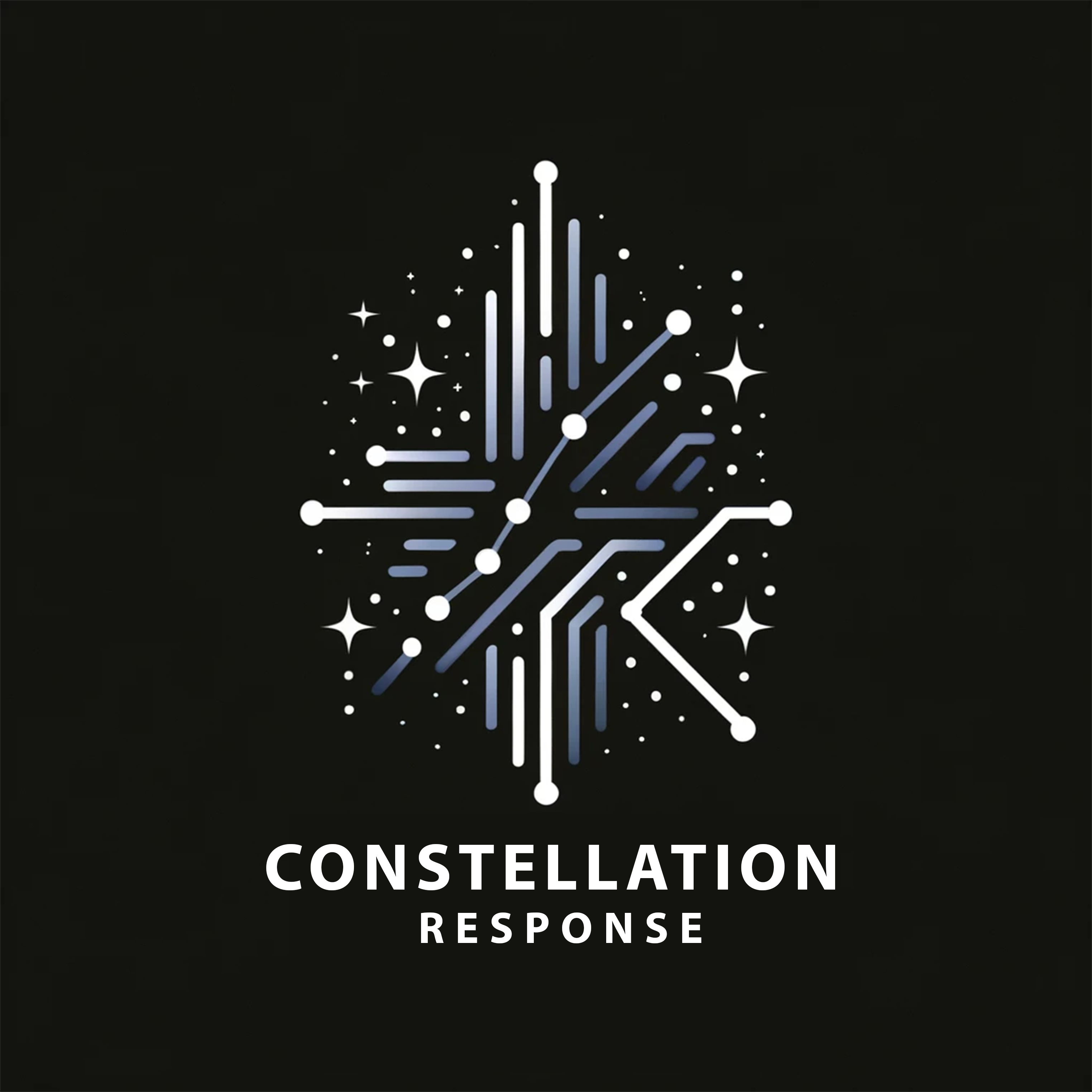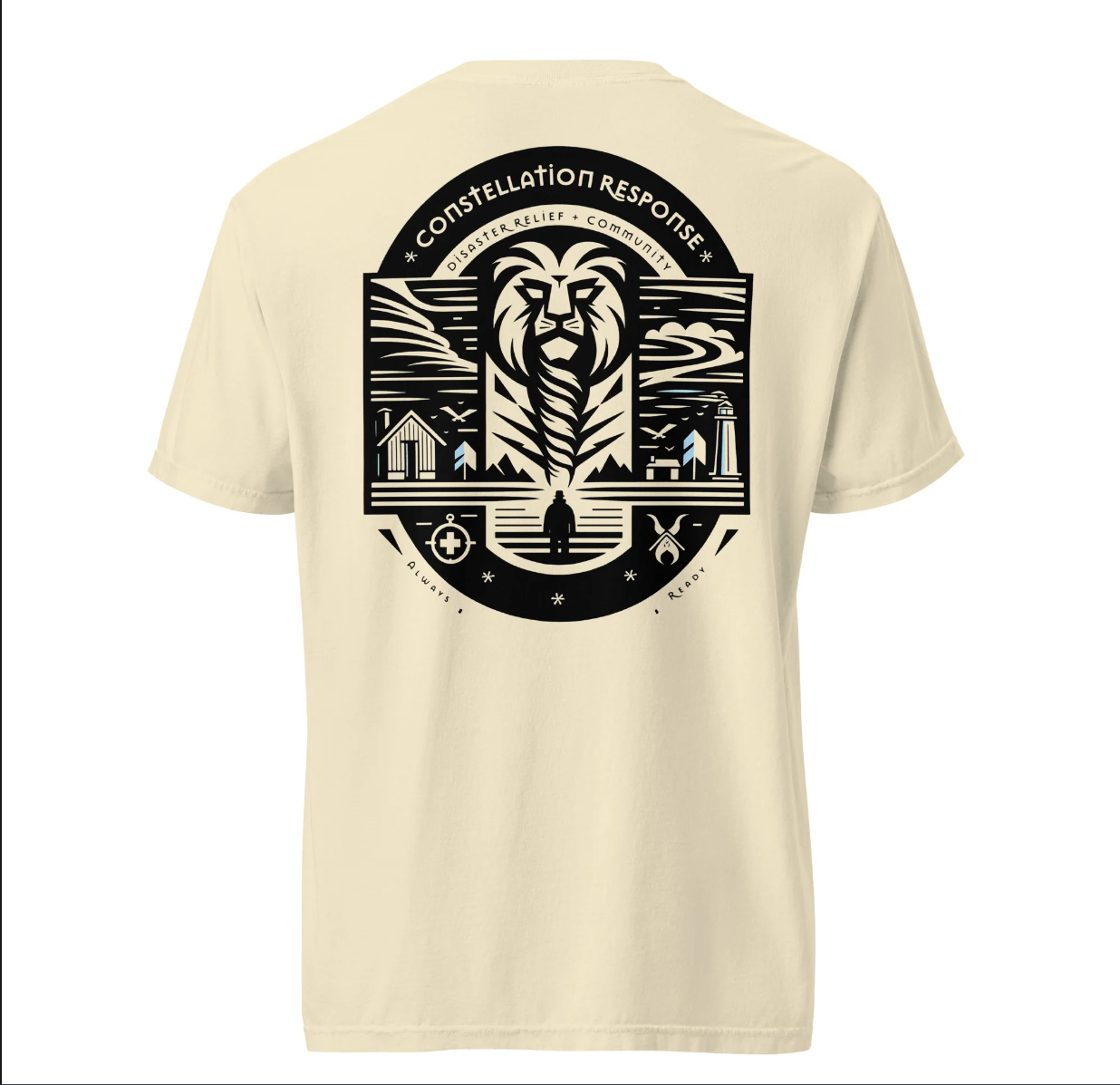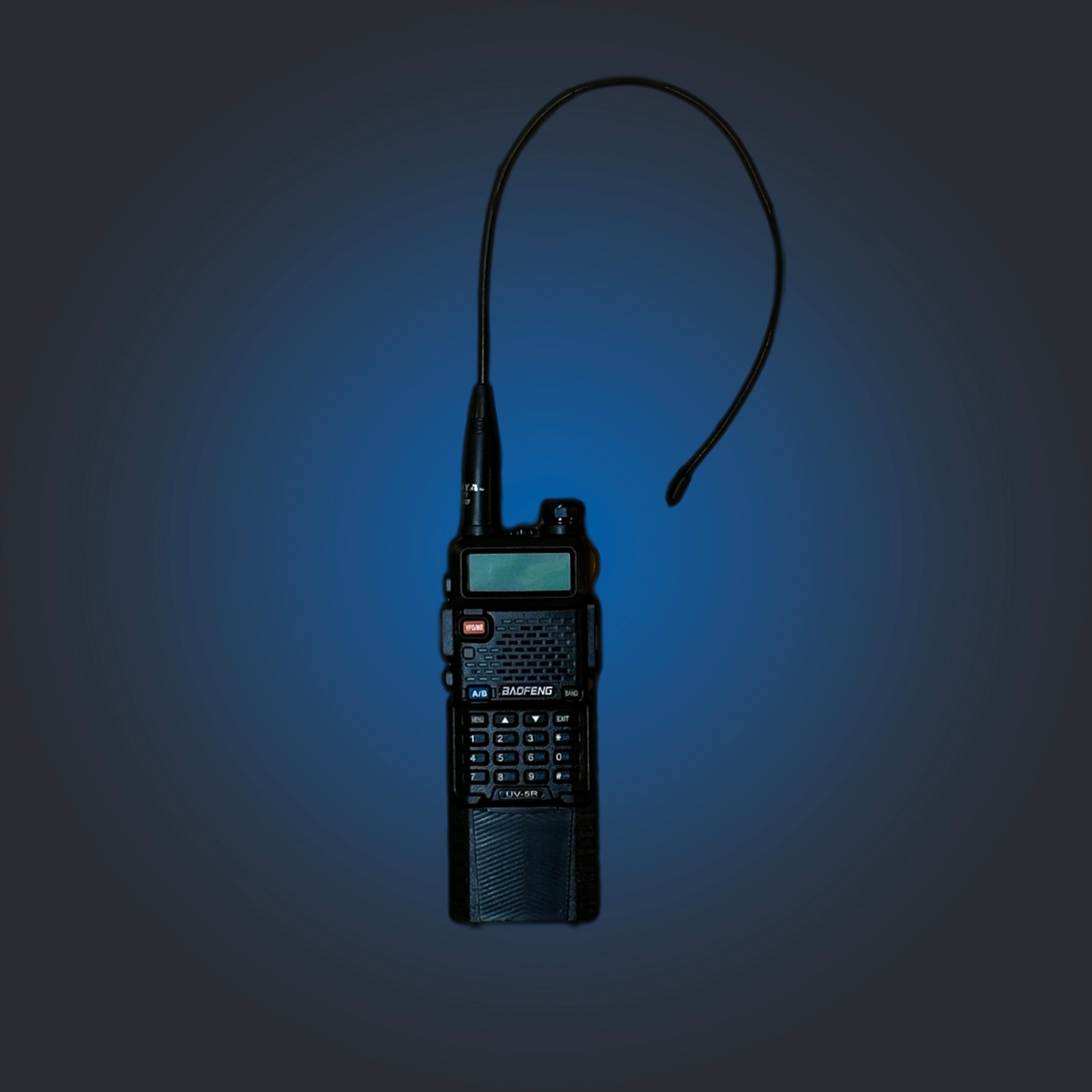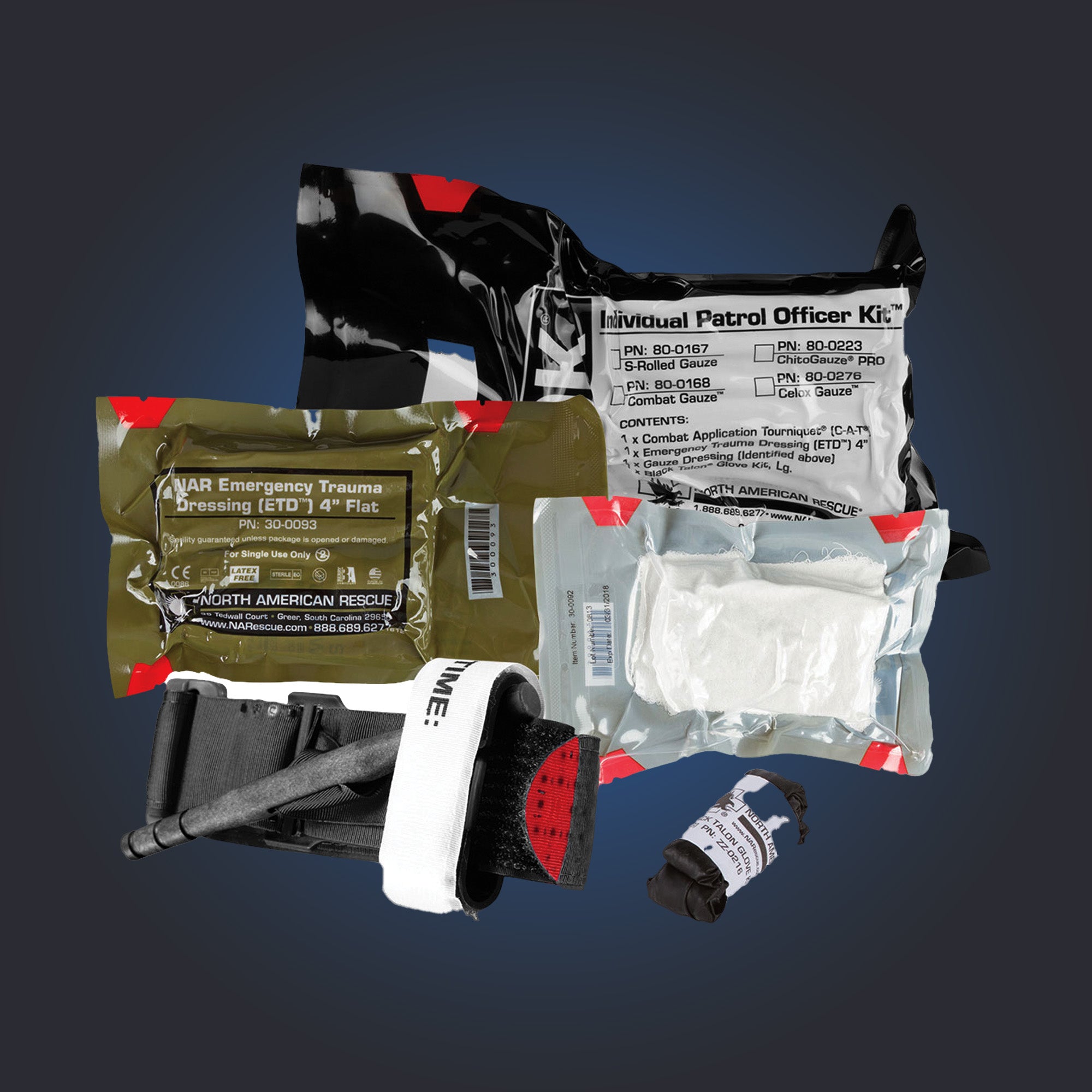This is Part 3 of a multi-part guide for ATAK. Click the links for Part 1 and Part 2 if you haven't followed those yet.
And check out our selection of radios to go with this. We recommend the RM-2 or the Nucleus, but we have a ton of options over in our comms collection.
If you have followed those guides and found them helpful, please, please, please, follow us on Facebook, Instagram and X! It really helps us when this content gets shared!
Alrighty! Now that we've done a lot of the heavy lifting on setup in our previous guides, let's start with some of the fun stuff. First up - Map Controls.
In the upper left corner of the screen, there's a compass icon. If you press and hold it, it will pop up a rotation icon and a 3D Icon. When they're white, they are off - but if you press them to toggle them to Yellow, you can freely rotate and view a 3D map by rotating or swiping up with two fingers respectively on the screen. Single-tapping the compass icon will orient the map to the direction you are facing.
If either the rotate or 3D settings have a lock next to them, it means they are locked into whatever they were last set to and you'll need to unlock them to make any adjustments.
You can also pinch to zoom out or in, or a single-finger swipe on the map to pan around on the map, but if you needed this guide to figure that one out, you probably have issues reading contour lines as well. Luckily, the 3D mode is excellent at helping you figure out the layout of the terrain.
Play around with this and check out the video below for more info.
Now let's talk about marking up maps.
One of ATAK's biggest strengths is its markup features. The ability to use standard icons, draw, edit, and annotate those markings with typed text instead of your terrible handwriting is invaluable.
To do this is really straight forward - in the toolbar in the upper right, there's an icon for map markers. It kinda looks like the Google Maps icon with a "+" sign next to it.

Hit this and you'll see a few options and a button that says "Markers." You can hit the Markers button or swipe left or right on the icon selection screens to look through all the standard ATAK Icons.
Find one that you like and tap it, then tap anywhere on the map you want to drop that marker. Tap a bunch of times because it's fun. When you're done having fun, tap the icon in the menu again and it will set all your markers.
If you had too much fun and want to edit your marker, tap and hold on the marker - this will pop up a radial menu. In the ~4:00 position, there's a button to pull up the edit options on the marker - this will pull up a new side menu.

Feel free to edit to your heart's content - and when you're ready to share this marker, hit the "send" button in the lower left. Hit "broadcast" and it'll send it to all your buddies on Meshtastic that are in range.
You can also use the "Routes" feature to set up a path you want to navigate by. Check out the video below on map markings and the routes feature.
Ok last but not least: Data Packages.
Data Packages are like bundles of... well, Data, that you can send all at once. You can make huge data packages for entire maps, videos, photos, or more - but because Meshtsatic's transfer speeds are so limited, you're better off using these to bundle up multiple markers or drawings to send to your buddies.
To do this, go to the overlay manager, hit the button in the upper right with the four checkboxes, and then select "Data Package" under the Export Format menu.
Next you're going to select what you want to include - do that, then hit Export. ATAK will then prompt you to name the Data Package. After you do that, ATAK will build the Data Package pretty quickly. There will now be a "Data Packages" Option under the overlay manager - go there, select your DP you just built, and then hit the "Send" Icon next to it. This will pop up a menu giving you options on how you want to send this - so select Meshtastic because it's awesome.
When you hit this, all your friends nearby will have their nodes reboot into Short Fast for the transfer. This is the fastest way to transfer with Meshtastic, but it is short range, so make sure you're keeping your friends close when you do this.
While the transfer is happening you can monitor it by going to the meshtastic app and going to the Debug panel (using the 3 dot menu in the upper right of the app on android) and you will see the packets as they transfer over the mesh. Eventually you'll see one from the ATAK Forwarder that says "end" which means that the file transfer completed.
I say "eventually" because this still takes a long time to transfer. This is by no means a fast process, but it's great when you don't have any other options in the field.
Once the transfer completes, the Data Package will load on the other ATAK user's phones automatically, and the nodes will all reboot back into Long/Fast for the farthest range on meshtastic.




